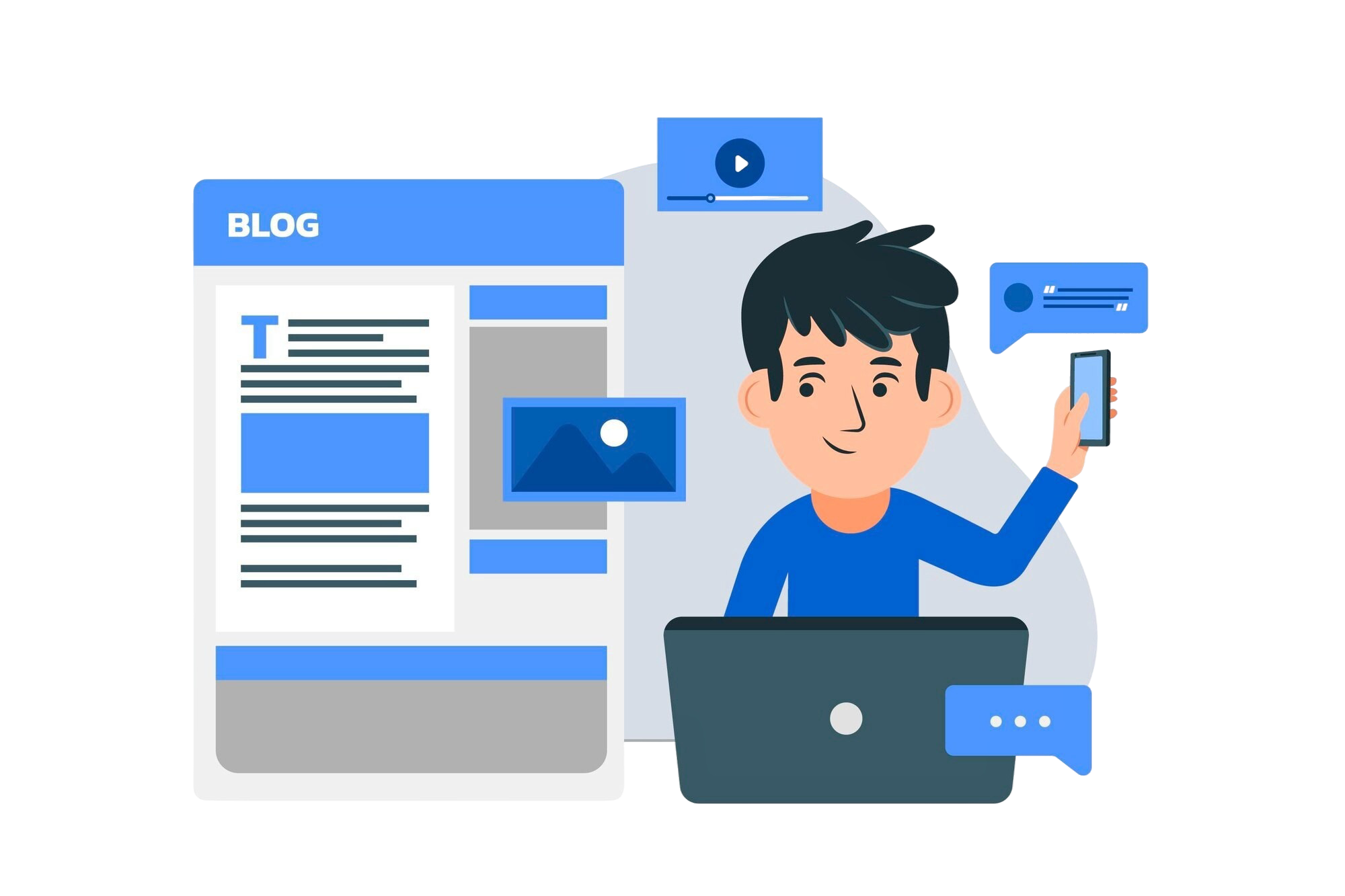In the modern digital world, website speed is no longer a “nice to have”—it’s a make-or-break element that has a direct impact on search rankings and user experience. Slow websites irritate users, raise bounce rates, and send Google’s algorithmic systems the wrong signals. Fast websites, on the other hand, provide smooth interactions, boost conversions, and get search engines on your side. In this complete step-by-step guide, we’ll delve into actionable techniques to enhance your website for better UX and better SEO, leveraging best practices followed by CodeZion Softwares for its customers.
1. Why Website Performance is Important
Search engine rankings
Page speed and Core Web Vitals are ranking signals for Google. Websites that are quicker rank better, receive increased organic traffic, and attract users’ attention.
User experience (UX)
A one-second page delay can cut conversions as high as 7%. People expect quick responses, and slow pages erode credibility, causing visitors to bounce from your site.
Mobile-First Index
With Google’s mobile-first indexing, smartphone performance is most important. Smartphone users typically browse using slow networks, which makes speed optimization even more vital.
2. Assess your existing performance
Before making changes, you need baseline metrics:
- Google PageSpeed Insights
Supplies data from field and laboratory, determines opportunities and diagnosis. - Lighthouse (within Chrome DevTools)
Provides comprehensive audits for performance, accessibility, search engine optimization, and best practices. - WebPageTest
Lets you conduct tests on load times across different network conditions and devices. - Core Web Vitals Report (Search Console)
Monitors real-world metrics: Largest Contentful Paint (LCP), First Input Delay (FID), and Cumulative Layout Shift (CLS).
Run every tool, document scores, and prioritize the top three bottlenecks you have to overcome.
3. Optimize Images and Media
They routinely make up the largest percentage of page weight. Reduce this by:
- Select the Correct Format
- Photograph for JPEG
- PNG for Images With Transparency
- SVG for logos and icons
- WebP or AVIF for next-generation compression
- Compress without losing quality
Use plugins like ImageOptim, Squoosh, or imagemin-webpack-plugin (build-time plugins)
Serve Responsive Images
html
CopyEdit
<img
src="hero-800.jpg"
srcset="hero-400.jpg 400w, hero-800.jpg 800w, hero-1200.jpg 1200w"
sizes="(max-width: 600px) 400px, 800px"
alt="Beautiful landscape"
loading="lazy"
/>
srcset and sizes make the browser download the correct-sized image.
loading=”lazy” loads offscreen images only when they come into view.
Use CSS Sprites or icon fonts for small graphical decorations to cut down on HTTP requests.
4. Utilize Browser Caching and CDN
- Browser Caching
Set Cache-Control Headers:
nginx
CopyEdit
location ~* \.(js|css|png|jpg|jpeg|webp|svg)$ {
expires 30d;
add_header Cache-Control "public, max-age=2592000";
}Version your assets (fingerprinting) so that when they are updated, changes are loaded, but unrevised assets remain cached.
- Content Delivery Network (CDN)
Deploy static assets on geographically distributed servers.
Providers such as Cloudflare, AWS CloudFront, or Fastly facilitate users to download assets from the closest node.
Decreases latency and offloads your origin server traffic.
5. Minify and Bundle Resources
- Minification
- CSS & JavaScript
Remove whitespace, comment, and shortened variable names using Terser or cssnano - HTML
Remove redundant attributes and whitespace using plugins such as html-minifier
- CSS & JavaScript
- Code Splitting and Bundling
Bundle JavaScript code into manageable pieces using Webpack, Rollup, or Parcel.
Code Splitting loads only the code for the page currently being viewed, which speeds up initial page loads.
6. Optimize Critical Rendering Path
- Inline Critical CSS
Pull above-the-fold CSS and inline it within the <head> to prevent render-blocking. - Defer or Asynchronous Noncritical JavaScript
html
CopyEdit
<script async src="analytics.js"></script>
<script src="app.js" defer></script>Async scripts run immediately after being downloaded.
Defer scripts wait for HTML parsing to be finished.
- Preloading key assets
7. Enhance Server Response Time
A slow Time to First Byte (TTFB) slows down overall system performance.
html
CopyEdit
<link rel="preload" href="/fonts/roboto.woff2" as="font" type="font/woff2" crossorigin>
<link rel="preload" href="/main.css" as="style">- Use a Fast Hosting Solution: VPS, managed Node.js hosting, or containerized platforms
- Turn on GZIP or Brotli Compression:
nginx
CopyEdit
gzip on;
gzip_types text/plain text/css application/json application/javascript text/xml application/xml application/xml+rss text/javascript;- Improve Database Queries: Cache query outcomes, implement indexing, and apply connection pooling
- Implement server-side caching: For instance, utilize Redis or in-memory caches for high-frequency accessed data
8. Ongoing Monitoring and Continuous Improvement
- Implement Real User Monitoring (RUM):
Tools such as New Relic or Google Analytics’ Site Speed reports monitor real-world loads. - Automate Performance Alerts:
Optimize your CI/CD workflow by incorporating Lighthouse CI into it to avoid regression. - Regular Audits:
Hold regular quarterly or monthly review sessions to detect new problems as your site changes.

Create responsive, SEO-optimized
websites perfectly tailored to your brand
Contact Experts Now!
Conclusion
Web optimization is a comprehensive task that involves asset optimization, server optimization, frontend best practices, and ongoing monitoring. By implementing the strategies mentioned above, you’ll both enhance your SEO rankings due to quick page loads and better Core Web Vitals and provide a smooth user experience that engages users and turns them into customers.
We at CodeZion Softwares focus on end-to-end website optimization, and we make it a point to see every digital project reach its full performance potential. Looking to speed your website’s performance? Contact us today!
